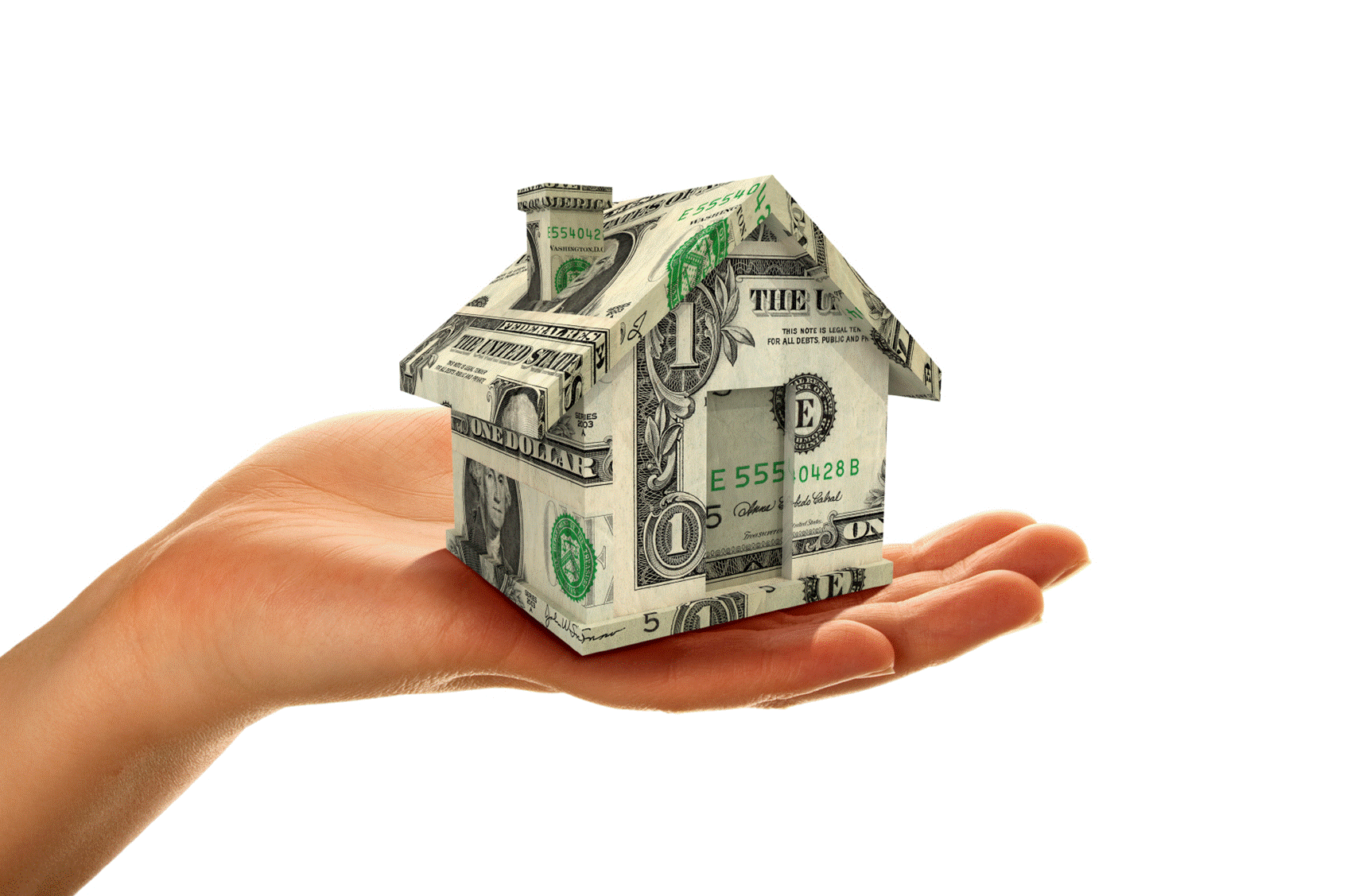The largest threats to the financial stability of middle-class families on Long Island are taxes and housing costs.
Depending on your circumstances, you could be dealing with healthcare debt and college loans as well. Taxes and housing costs are an express money train for residents in Nassau and Suffolk, which shows no signs of slowing down anytime soon.
For starters, the cost-of-living index for Long Island is 147, or 47% higher than the national average, according to the Council for Community and Economic Research. There is some variation, depending on the county, town or village where you live.
Medical costs, always rising, have the potential to force families into debt and even bankruptcy.
There was passage of the Federal No Surprise Act last year, which hopefully will offer some protection for patients who receive unexpected medical bills while admitted to a hospital. These bills arise when providers treat a patient, typically through a consultation or emergency, and who may or may not be part of the patient’s provider network. The patient returns home, still recovering, and receives this unexpected, surprise bill.
Managing college costs, and the debt that goes with it, is causing graduates difficulty establishing themselves while saddled with these loans. The Biden Administration is attempting to cancel student debt up to $10,000, or in some cases, $20,000.
However, even the supporters of this plan admit it may not make much difference for students and families faced with $60,000 or more in debt. As usual, there has been little discussion as to controlling college costs, which traditionally have risen steadily for years— up to twice the rate of inflation.
Here on Long Island, residents face another financial threat in the form of high taxes and housing costs. There has been much discussion as to managing the affordable housing situation on Long Island.
About a year ago, Governor Hochul had proposed to amend local zoning laws to allow and encourage the creation of apartments and cottages in single family homes, traditionally zoned for single family use in residential neighborhoods. These Accessory Dwelling Units, or ADUs, were not favorably received from most local officials and residents, and therefore dropped from
the proposed budget.
This year, in January’s State of the State address, the governor again addressed affordable housing, essentially targeting Long Island for development of the majority of 800,000 units of affordable housing for the entire state. The stated goal is to increase the housing stock here by 3% each over the next three years. The governor claims Long Island is behind in addressing affordable housing.
Similar to last year’s proposal, but even more aggressive, this plan calls for the rezoning of residential property located adjacent to mass transit, even creating a state zoning authority which developers could appeal to. This special board would have the final word on zoning appeals.
That final approval would pave the way for construction of densely located housing units in Nassau and Suffolk, with little attention paid to congestion, infrastructure and the environment.
Local elected officials, including Smithtown Supervisor Edward Wehrheim and State Senator Mario Mattera, have been quick to denounce this plan on similar grounds to last year’s plan. This year, the rallying cry is that local control would be undermined if this proposal is adopted. Local officials and most Suffolk residents are prepared to fight a one-size-fits-all approach to the affordable housing dilemma.
Even many Democrats are opposed to the plan and as an alternative are pushing their own legislative resolution, which instead would create a new $500 million fund. This plan would offer cities, towns and villages incentives for meeting stated benchmarks for adding affordable housing units.
This initiative, however, does not include the billions necessary to update the infrastructure required to support the dense housing construction.
As of this week, Governor Hochul has dug in on her proposal to override local zoning laws to pave the way for the housing, but the State Legislature continues to oppose the plan. Meanwhile, the budget is due on April 1. There is concern the governor could invoke emergency powers to force feed her plan into the budget.
Most residents see the governor’s proposal as more intrusion and a threat to quality of life. Aside from traffic congestion, opponents further say the plan would burden water and sewer districts, as well as alter the character of single-family neighborhoods.
“We don’t want Suffolk to look like Queens,” Suffolk Legislator Rob Trotta (pictured below) stated.

Cost of Living Crisis: A Money Train to Nowhere
One question not being discussed: do we need to build more housing, or do we simply need to make existing housing more affordable? In other words, would we need “affordable housing” if existing housing wasn’t so expensive to begin with?
What is the root cause of Long Island’s existing housing crisis? Everyone knows that Long Island has the 2nd or 3rd highest property taxes in the country, more than twice the national average, according to Heller and Consultants, a local tax grievance company.
These property taxes directly impact the high cost of owning a home or paying high rent for an apartment or business. On top of the taxes, there are high utility bills and insurance costs associated with owning or renting on Long Island.
When reached by phone, State Assemblyman Michael Fitzpatrick (pictured below) told The Messenger “this is one of the reasons people are exiting Long Island, the high taxes, that and the State’s inability to get spending under control.”

Unpacking the issue further, one can see that school taxes make up the largest share of property taxes, close to 60%. Currently, the State’s Property Tax Cap limits the amount local governments and most school districts can increase the tax levy (the total amount of property taxes billed) to 2% or the rate of inflation, whichever is lower. Due to various factors, property taxes may still increase more than 2% and voters in school districts can override the cap with a 60% vote.
Then there is the NYS School Tax Relief (STAR) Program. The basic program offers property tax relief to eligible New York State homeowners, who qualify based on income. The Enhanced STAR program is offered to senior homeowners, who also must qualify based on income. Unfortunately, neither program provides any level of relief for county, town or village taxes,
not to mention waste disposal, police and so forth. Residents turn to grieving their property taxes and hope for the best.
Even with the infusion of billions of dollars due to the COVID-19 pandemic, districts are still pushing to increase their respective budgets. According to a recent article in Newsday, seventeen school districts are proposing tax hikes between 3 and 4%, while an additional seven districts project increases over 4%. Smithtown Schools are predicting a 2.83% hike in school taxes.
It should be noted that while 60% of property taxes are school taxes, only 5% of residents on Long Island vote on their school budget. This is unfortunate, since all homeowners pay these taxes, even after their children are out of school, or whether they had any children in school to begin with. Homeowners are forced to pay school taxes even when exercising their right
to send their kids to a private or a religious school. There is no school choice on Long Island as far as school taxes are concerned.
One can easily argue that school districts need to curtail the amount of money spent on administration, salaries and pensions, which are also among the highest in the country. For example, school superintendents are among the highest-paid in the state. According to the State Education Department, seven of the 10 highest-paid superintendents in the state are from Long Island school districts, with an average salary of more than $251,000, and total compensation totaling nearly $320,000.
Assemblyman Fitzpatrick was quick to also point out what New York spends on pensions, union benefits and one-time payouts. According to a recent article in Newsday, Nassau and Suffolk Counties are famous for termination payouts, some in the hundreds of thousands of dollars. Most of these payouts, close to 1,700, go to members of police unions and police commissioners, according to the records obtained by Newsday.
When asked about the anticipated millions in revenue from gambling, which is poised to increase due the popularity of convenient sports betting apps, Fitzpatrick (pictured right) explained that it’s a “matter of economics” that New York can’t seem to allocate funding appropriately and get taxes under control.
Long Island residents pay an income tax between 4 and 10.9%, a sales tax of 8.63% and of course the aforementioned property taxes. He again pointed out that there is only so much someone can take before they decide to leave Long Island, taking their economic productivity with them, and shrinking the tax base.
According to a recent analysis by US News and World Report, while New York ranks seventh among states in quality of healthcare, it is ranked 44th in economic growth, 38th in economic opportunity and 36th in affordability.
Needless to say, the rankings would probably be even lower if Long Island was ranked separately, especially in affordability.
It seems Assemblyman Fitzpatrick has a point. According to the US Census Bureau, New York has lost more residents between April 2020 and July 2021 than any other state. That amounted to a population loss of 319,000 people, likely the tax base drain that Fitzpatrick was alluding to.
It is also estimated New Yorkers left to escape the COVID-19 lockdowns, especially with the school closings and the impact this had on learning.
Despite the punitive high taxes, the Smithtown Board proposed raises for themselves in October, including a 22% salary increase for Supervisor Wehrheim.
Then, in December, our representatives in Albany voted themselves a huge 29% increase, making them the highest paid representatives in the country, an increase from $110,000 to $142,000. To their credit, Mattera and Fitzpatrick voted against it. State Senator Mike Martucci, an Orange County Republican, stated afterwards “the entire vote was a slap in the face to New Yorkers, noting the median household income in the state is around $75,000.”
While market forces certainly effect the cost of a home, and Long Island has always had home prices far exceeding the national average, the least our elected officials should do is work to control excessive spending, including school budgets, administration costs, pension costs, excessive termination payouts and self-serving raises.
Along with that initiative, revenue from gambling and pot dispensaries should be allocated to provide genuine tax relief. That would help existing homeowners and renters, curb the population exodus and stabilize the tax base.
As Assemblyman Fitzpatrick noted, Republicans representing their respective districts will do all they can to protect residents from harmful liberal policies, including the usurping of local zoning laws and continued punitive taxation.
Otherwise, it’s all aboard the Long Island express money train to nowhere.







